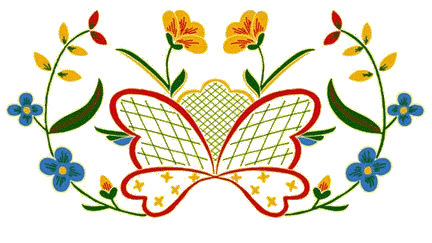
| Pols and Springleik: In eastern Norway, pols and springleik are dances which travel around the room, similar to the Swedish polska. In addition, these dances include walking figures and a slow turn (which can be clockwise or counterclockwise), to the fast one-measure clockwise turn. Pols dances from different areas of Norway are distinguished by variations in rhythm that drive the style and energy of the dance. Examples are Rørospols, Finnskogspols, and Springleik. Springar and gangar: In these dances from the south and west of Norway, the man has a lot of freedom to improvise using figures often specific to the region and a lot of ornamentation consisting of fancy footwork, stamps, occasional acrobatics, and extra turns. These dances can be compared to American swing dancing in that the man decides and leads the figures and the woman follows, although the actual figures and styling are quite different. Some springars also include slow or fast couple turns. The rhythm of the music for springars varies between different regions of Norway. The faster springars are done to music with three uneven beats per measure, which gives each dance its own characteristic svikt pattern. The relative lengths of the beats is specific to each region. Slower gangars are done to music with 2 even beats in a measure. The music for springar and gangar is traditionally played solo on a hardanger fiddle, a special violin type instrument with sympathetic strings in addition to the played strings, which gives is a lovely, haunting sound. The music also does not usually follow a set pattern of 8-measure phrases familiar to us from other music. Examples are Valdresspringar, Hallingspringar, Vossaspringar, and Setesdalgangar. Telespringar: This particular springar from the Telemark region of Norway is an improvised dance done on one spot. The dance has its own characteristic svikt and is done to music with three uneven beats. The figures are unique to this dance and are characterized by flowing turning of the couple both clockwise and counterclockwise, often described as imitating the floral curlicue patterns of the traditional, painted rosemaling designs. Changes in turning speed, couple hold and variations in the men's steps add endless variety and excitement to this favorite dance. A similar dance, Telegangar is done to slower music with an even beat. Rull or rudl in western Norway is usually done to music with 2 beats per measure, of which Vossarull is an example. It combines a fast clockwise pivot turn with a slower polka type turn in either direction. Halling is a solo men's dance in which athletic and dance skills combine and culminate in kicking a hat off a stick held above the dancers' heads. |
